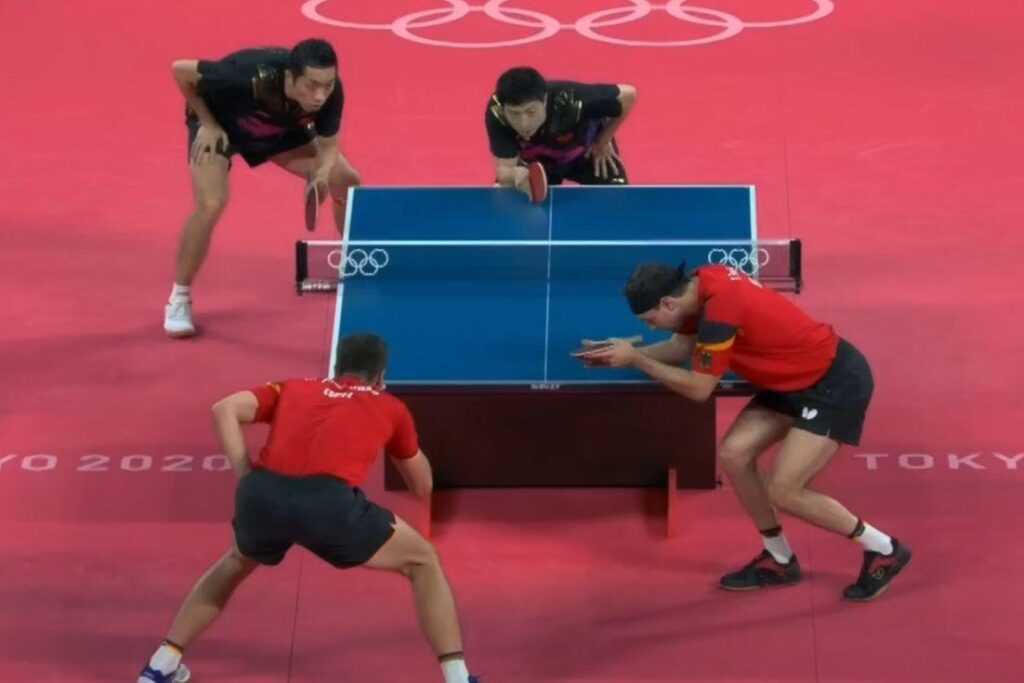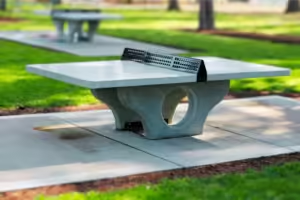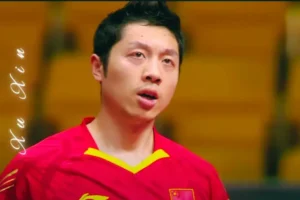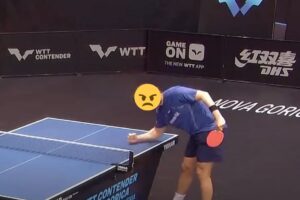Ping pong serving rules are the foundation of every great game, and mastering them can transform your playing experience. Imagine the thrill of executing the perfect serve, leaving your opponent in awe.
In this guide, we’ll break down the essential rules to help you achieve that feeling. From the precise ball toss to the ideal racket angle, understanding these rules ensures fair play and elevates your skills.
Whether you’re a passionate beginner or a seasoned player, embracing these rules will ignite your love for the game. Dive in and discover how ping pong serving rules can enhance your performance and joy in every match.
Why Understanding Ping Pong Serving Rules Matters
Table tennis, often called ping pong, is a fast-paced and exhilarating sport loved by many. But did you know that understanding the ping pong serving rules can make a world of difference in your game? It’s not just about hitting the ball; it’s about precision and strategy. Ping pong Serving rules ensure fair play and set the stage for each point. Whether you’re playing for fun or aiming for victory, a firm grasp of these rules is your ticket to success. So, why does it matter? Because in ping pong, the serve isn’t just a start – it’s your chance to seize control and dominate the match.
Key Ping Pong Serving Rules
Unlock the game-changing world of table tennis with the key ping pong serving rules. Discover the fundamental regulations set by the ITTF, ensuring fair and thrilling gameplay.
A. Service Area:
The service area, measuring 1.83 meters in length and 2.74 meters in width, is a crucial part of the table. The boundaries are clearly marked, ensuring a fair game for all.
Now, the server’s positioning is vital. The server must stand behind the table’s end line and serve from a free hand, keeping the ball above the table’s surface.
For singles play, the server serves from the right half of the table to the receiver’s right half. But in doubles, the server serves from the right half of the table to the receiver’s right half, diagonally across the table.
B. Tossing the Ball:
When it comes to tossing the ball for a serve, precision is paramount. Hold the ball in the palm of your free hand, flat and stationary. The toss should be vertical and near-vertical, which means the ball should go upward almost straight up, with minimal spin or horizontal movement.
The ITTF mandates that the ball must be tossed at least 16 centimeters (approximately 6.3 inches) in height. This ensures a fair and consistent serve across the game.
Remember, there are restrictions on the toss. It should be done without any spin or sideways movement. A wayward toss could result in a fault.
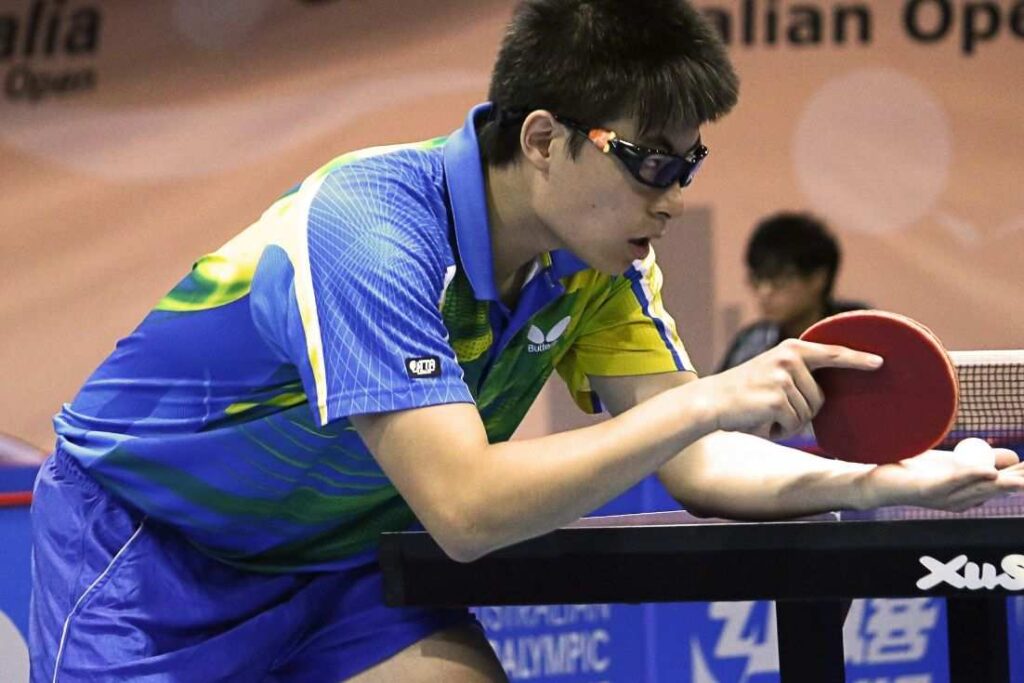
C. Contact with the Ball:
When serving in table tennis, the ITTF insists on striking the ball correctly. Use an open palm to make contact with the ball, ensuring fairness and preventing spin manipulation. This technique guarantees a clean and competitive serve that adheres to the game’s principles.
Equally important is how the ball contacts the table. The ITTF rules mandate that during the serve, the ball must touch your side of the table first before crossing the net to reach your opponent’s side. This ensures fairness, integrity, and adherence to the game’s regulations.
D. Service Spin and Speed:
When it comes to serving, there’s a world of spin to explore. The ITTF allows for various spin types during service, including topspin, backspin, and sidespin. Each spin imparts unique characteristics to the ball, making it a potent weapon in your arsenal.
The beauty of mastering spin and speed lies in its versatility. Varying these elements can confound your opponent, making it challenging to predict the ball’s trajectory. A well-placed, high-speed serve with a hidden spin can catch your opponent off guard, giving you a strategic edge.
E. Service Order:
In singles play, the service order is straightforward. Each player serves twice consecutively before the opponent takes over. However, in doubles, the sequence is slightly different. The serving team alternates serves, with each player on the team serving for two consecutive points before switching to their partner.
Players switch sides after every game. When the total points in a game add up to multiples of two (e.g., 2, 4, 6), the players also change servers. This rotation ensures fairness and equal opportunities for both players or teams.
Learn More: Essential Para Table Tennis Rules: A Complete Guide
Penalties for an Illegal Serve
Let’s uncover the consequences of an illegal serve, ensuring you stay on the right side of the International Table Tennis Federation’s (ITTF) regulations.
Fault Declared: The most common consequence of an illegal serve is a fault declared by the umpire. This means the point is awarded to the opponent.
Warning: In some cases, a warning may be issued for a minor serve violation. Further infractions could lead to fault declarations.
Changing Server: If both players serve illegally in doubles, the order of service changes, with the opposing team gaining the serve.
Loss of Game: Repeated illegal serving may lead to losing an entire game, a severe penalty for disregarding the rules.
To avoid these penalties, ensure your serve adheres to official rules and regulations. This maintains the integrity of the game of table tennis, ensuring every point is won fairly and competitively. So, serve within the rules, keep the game exciting, and enjoy every thrilling rally!
Common Mistakes and How to Avoid Them
Let’s take a closer look at the common pitfalls that players often encounter when it comes to serving, and more importantly, how to steer clear of these errors, all while staying in line with the rules of the International Table Tennis Federation (ITTF).
1. Identifying Common Errors: Many players struggle with serving due to these common errors:
- Tossing the ball too low or too high.
- Using inconsistent ball placement.
- Unintentional spin manipulation.
- Serving predictably.
2. Tips to Serve Like a Pro: To avoid these missteps and elevate your game:
- Master a consistent ball toss height (about 16 centimeters as per ITTF rules).
- Focus on precise ball placement, hitting the desired spot.
- Practice control over spin to keep opponents guessing.
- Vary your serves to maintain unpredictability.
By recognizing these mistakes and applying these tips, you’ll serve your way to success on the ping pong table. Serving like a pro not only boosts your game but also ensures that every point you score is fair and competitive. So, serve confidently, and let the games begin!
Advanced Serving Techniques
Let’s unlock the world of advanced serving techniques that can elevate your game to new heights while staying in line with the rules of the International Table Tennis Federation (ITTF).
1. Introducing Advanced Serving Strategies: Advanced serving goes beyond the basics. Explore techniques like:
- The “Reverse Pendulum Serve” for deceptive spins.
- The “Short, Heavy Backspin Serve” to disrupt your opponent’s rhythm.
- The “Fast and Long Serve” for surprise attacks.
- The “No-Spin Serve” to keep your opponent guessing.
2. Gaining the Edge: These advanced techniques offer several advantages:
- Confuse opponents with unpredictable spins.
- Control the pace of the game.
- Create opportunities for offensive play.
- Maintain the element of surprise.
By mastering these advanced serving techniques, you’ll not only dazzle your opponents but also seize the upper hand in your table tennis matches. It’s time to serve up success and take your game to the next level!
Practice Drills
We’ve got practice drills that’ll boost your skills. So, let’s dive in and take your serving to the next level.
1. Suggest Practice Drills: To improve your serving prowess, consider these drills:
- Target Practice: Aim to consistently hit specific spots on the table.
- Spin Control: Work on varying the type and amount of spin on your serves.
- Serve and Follow-Up: Practice your serve and immediately set up for the next shot.
2. Tips for Solo and Partner Practice: Whether you’re training alone or with a partner:
- Solo: Use a ball machine or the bounce-back technique for repetitive serves
- Partner: Take turns serving and receiving, providing real-game scenarios.
By incorporating these drills into your training routine, you’ll sharpen your serving skills, gain confidence, and become a formidable opponent on the ping pong table. So, grab your paddle, practice with enthusiasm, and serve your way to success!
In Closing
In the exhilarating world of table tennis, understanding and mastering the intricacies of ping pong serving rules is your ticket to success on the table. For all you devoted table tennis enthusiasts, competitive players, and ping pong fans, we’ve explored the nuances of serving that can elevate your game to new heights
From the proper ball toss to spin control, we’ve covered it all, ensuring that you have the tools to excel in every match while adhering to the rules of the game.
So, as you step onto the ping pong table, remember these valuable insights, practice your serves diligently, and get ready to dominate the game with precision, strategy, and enthusiasm. Ping pong is not just a sport; it’s a passion. Keep playing, keep serving, and keep the excitement alive!
